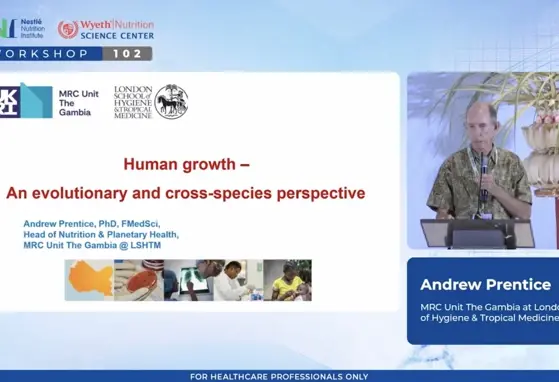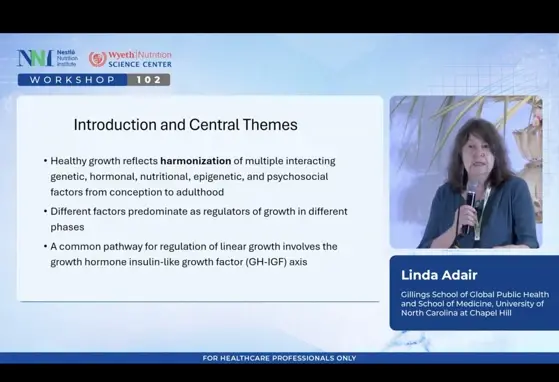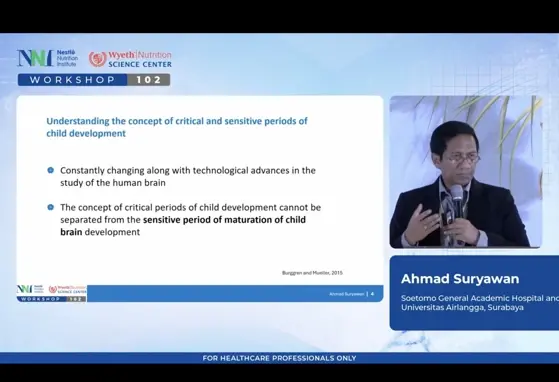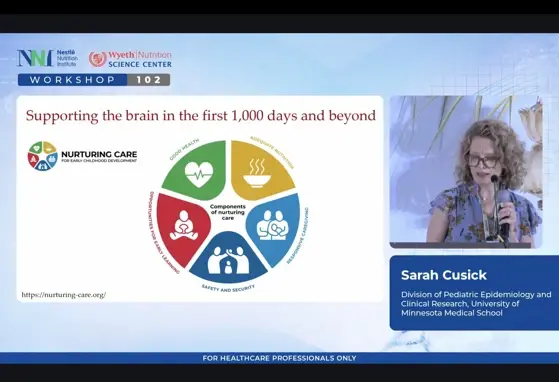New research shows Fucosylated oligosaccharides in mother’s milk may alleviate effects of caesarean birth on infant gut microbiota
It is known that one of the most abundant components in human milk is formed by oligosaccharides, which are poorly digested by the newborn. The oligosaccharide composition of breastmilk varies between mothers and is dependent on the maternal secretor (FUT2) genotype: some mothers produce it, and some do not, but all infants have the capacity to utilize HMOs, which have a protective function against enterobacteria, inflammation and the development of allergies. The abundance of HMOs is associated with birth mode, with infants born via caesarean delivery having a reduced microbiota status.
New research, published in September 2018, analyses the association between microbiota composition in infants and the presence of 2’FL in maternal breast milk, looking at differences between mothers that secrete it and those that do not, as well as differences in the mode of delivery.
The research, undertaken in Finland, Germany and the Netherlands, analyzed samples of breastmilk taken postpartum day three and infant faecal samples at age three months in a probiotic trial. The sample group included infants born vaginally and via caesarean section, and all were exclusively breastfed for three months. The milk samples were screened to establish whether 2’FL was being secreted by the mother.
It was discovered that secretor status had no impact on the microbiota composition among the vaginally born infants, indicating that maternal secretor status may be an important factor among infants with otherwise compromised microbiota development, such as through caesarean delivery or premature birth.
Results indicate that infants of non-secretor mothers are particularly vulnerable to the effects of caesarean section on the early microbiota development. The combination of caesarean birth and a lack of milk 2’FL profoundly alter the infant’s microbiota, potentially leading to increased risk of allergic diseases.
Screening for FUT2 genotype or 2’FL in the breast milk of mothers giving birth by caesarean section would allow these at-risk infants to be identified and treated. These infants would benefit from specific interventions such as supplementation with bifidobacterial, bifidogenic 2’fucosylated HMOs like 2’FL or other compounds that could be effective in reducing allergy incidence.



